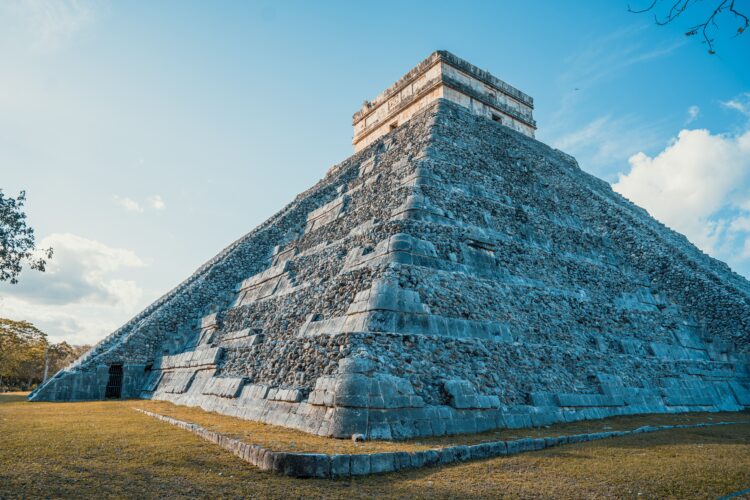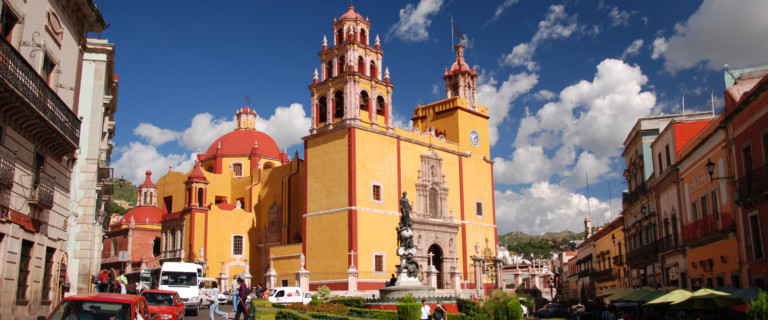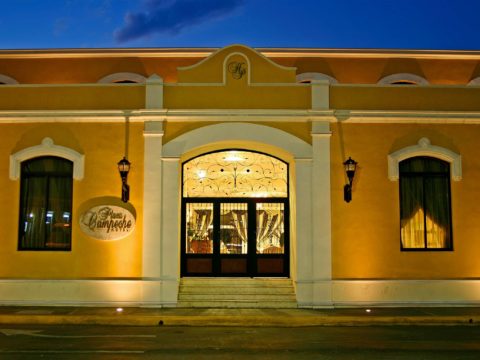Yucatan Peninsula

The Yucatan Peninsula in southeast Mexico is covered by large tracts of dense forest that had hidden the vestiges of Mayan civilisation for many years.
In recent times, though, Mayan sites have been discovered and revealed to the world. The best-known sites of Chichén Itzá, Uxmal and Tulum have been cleared and are easily accessible to visitors. Other sites, whilst more remote and difficult to reach, are, in many cases, more impressive. Edzná is a huge ceremonial centre featuring a temple measuring over 100 feet high.
Calakmul, possibly the largest Mayan city with 50,000 inhabitants and 7,000 buildings, is still being extricated from the jungle. Uxmal and Palenque, with their soaring temples, are both sites of important Mayan ruins.
The other attractions of the Yucatan Peninsula are its attractive Spanish colonial towns. Merida was built as a walled city, and several old Spanish city gates remain. The city boasts the second-largest historic centre in Mexico, with colonial churches, mansions and plazas.
Campeche is another walled city with perfectly restored pastel-coloured buildings and narrow cobbled streets. Celsetun, meaning ‘painted stone’ in Maya, is a tranquil fishing village on the coast west of Merida.

















